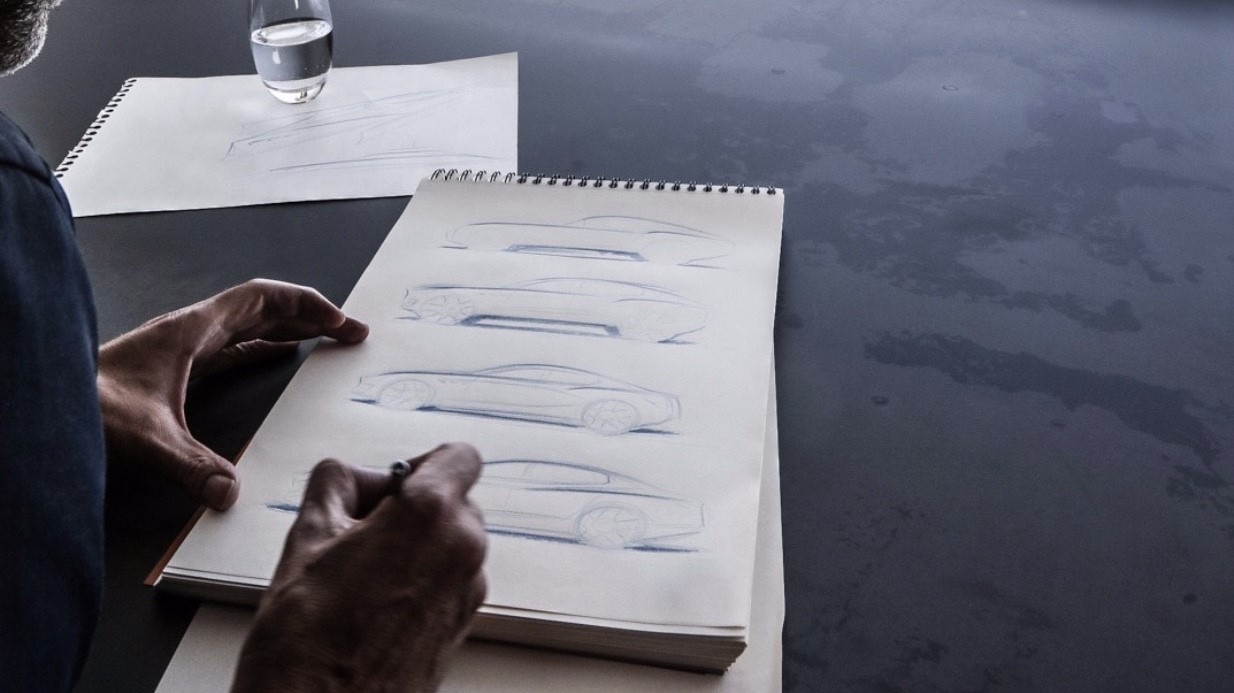Car design depends on teamwork, in sharp contrast to the social distancing the coronavirus pandemic has imposed. How does smart working change creative activity? What consequences will it have on the form of tomorrow’s cars? Auto&Design has asked these questions of carmaker design chiefs and independent style centres. The vision of Klaus Busse, head of Fca design for Europe.
How has your way of working changed during this period of closure?
The first few weeks were logically the most complex because we had to make sure that all the people were well and organize all our work in depth to stay operational anyway. After this phase I was incredibly surprised at how well things were going and everything was smooth. We had several meetings in which we were constantly discussing projects. We were immediately in tune with these media and take full advantage of them.
However, I really miss body language, which is very important to me and is not completely visible on a webcam. When we do brainstorming sessions where there are different ideas to evaluate I also need this language that is missing at this stage.
Do you think that this period will have an influence on car design?
If we are talking about physical forms and lines I do not believe that this pandemic will have a direct effect on them. However, I do think that in terms of creativity and design, this period could have an influence and it will certainly be a phenomenon that needs to be carefully analysed. The pandemic has forced us to stop and think a little more about ourselves, as designers, as a team. I believe that a crisis of any kind can turn into an opportunity for the creative community: we have the task of proposing innovative solutions that can sometimes become answers. When the pandemic started we organized virtual meetings with the studio in China to better understand the situation since they were a few weeks ahead of us. Today we are also constantly talking to the United States and trying to hypothesize what new needs this virus will bring.
Does the design team use specific tools?
One of the most beautiful aspects of this historical period is that the technology needed for our work is easily transportable. So we were able to have everything we needed to stay operational: in my case, a computer and a high-resolution screen were enough to be able to analyze shapes and colors in depth, while others brought Wacom tables and some tablets home from the studio.
Would you be able to validate a model for production in a totally digital way?
That depends. We have completely different brands in our portfolio. I would never feel like giving my approval to an Alfa Romeo without first stroking the surfaces live, while for example the Fiat Centoventi, a concept car we presented at the 2019 Geneva Motor Show, was developed entirely digitally. Some brands are suitable for entirely virtual smart development without the risk of making mistakes or distorting the brand, while others absolutely require human interaction.
How important is inspiration from the outside for a designer?
Certainly travel, visits to museums or human experiences with people are a great source of inspiration, the real fuel for us creatives. But in this period we can find inspiration in many other different experiences like reading a book or in the wonderful world we find online. We must always try to preserve our identity to differentiate our products regardless of the different sources of inspiration we find.












